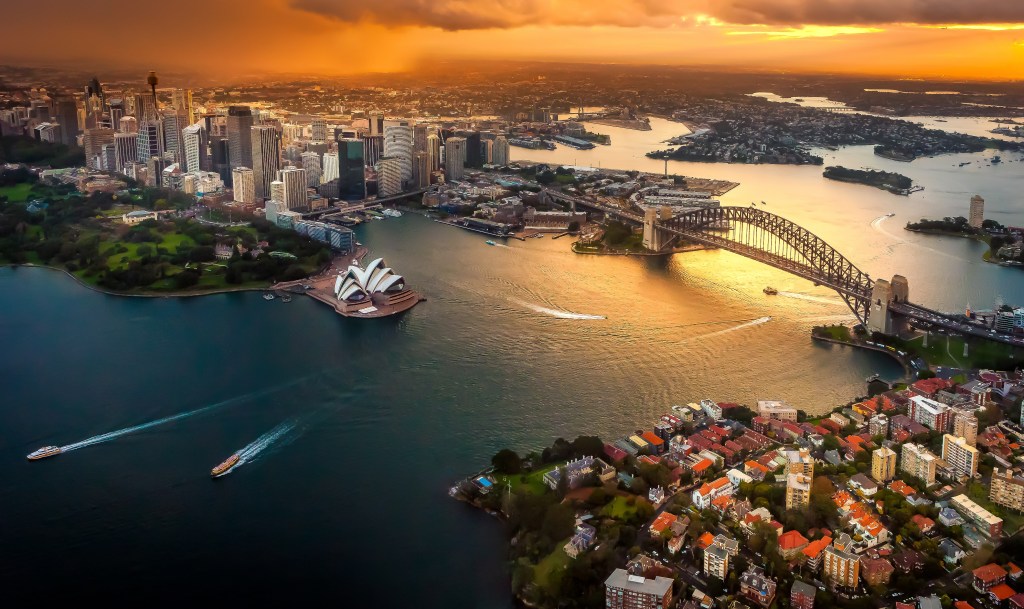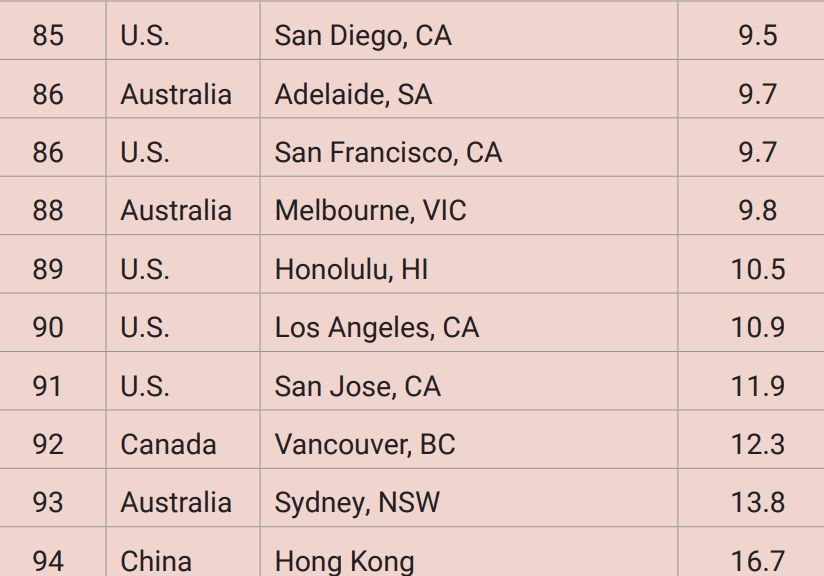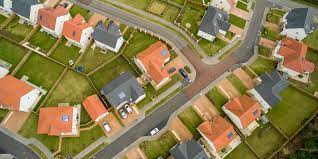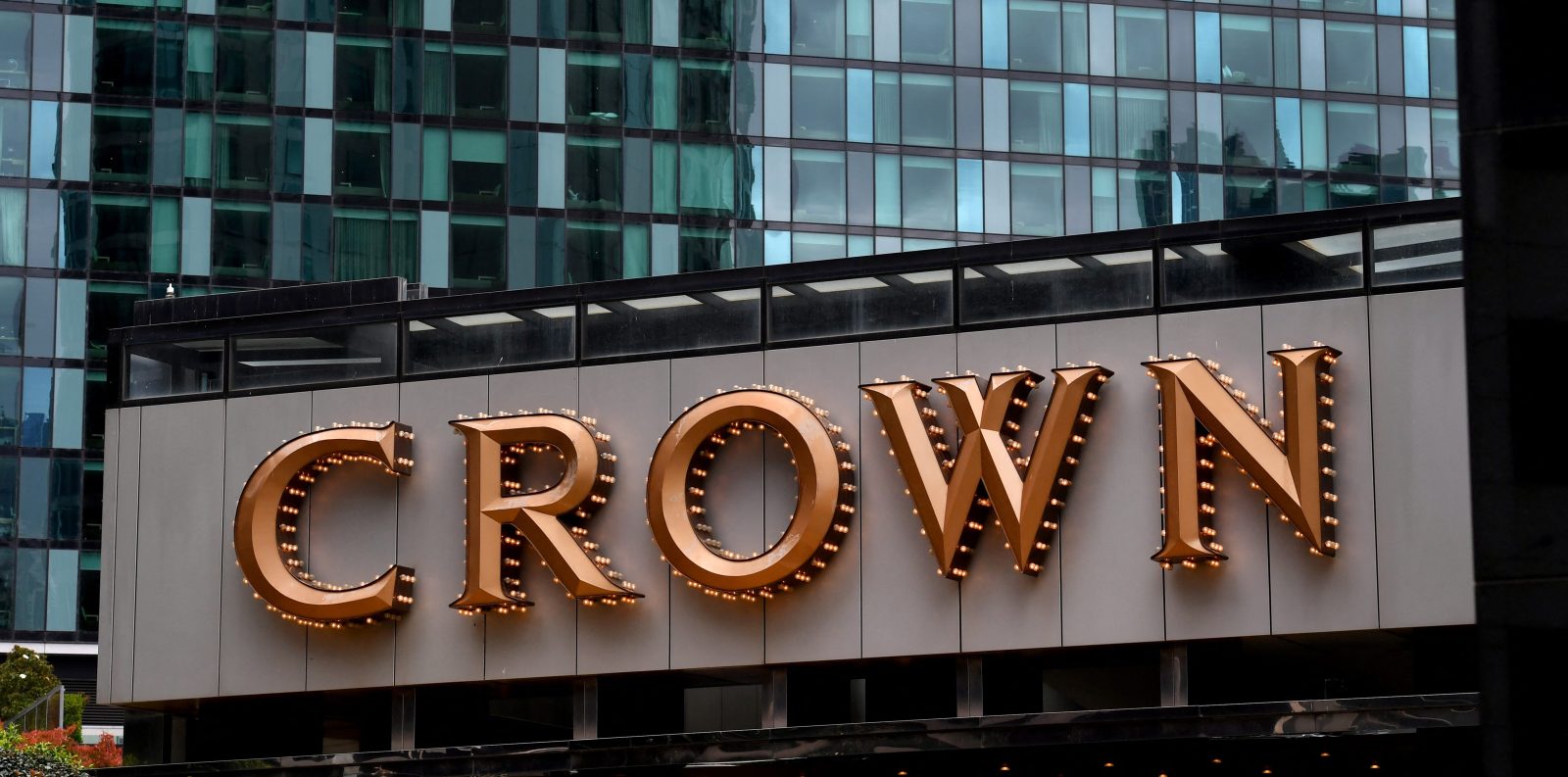Demographia released its annual list of housing affordability in 94 major markets. Five Australian cities were assessed. Three ranked ‘impossibly unaffordable.’ Perth and Brisbane are ‘severely unaffordable,’ according to the report.

Key Takeaways
- Australian capitals are among the least affordable in the world for middle-income buyers.
- The research, which assessed housing markets in 94 cities across eight countries, found that almost all Australian capitals fell into the bottom 25% in terms of affordability.
- In a global context, Sydney is the second least affordable city, following Hong Kong, while Melbourne and Adelaide also rank extremely low in affordability among the cities analysed.
- Policies limiting peripheral urban growth are highlighted as major contributors to high housing prices, alongside slow wage growth.
- The Australian federal government is responding to the housing crisis with a $32 billion initiative aimed at increasing housing supply and providing relief for renters.
Demographia’s annual report assesses housing affordability in Australia, Canada, China, Ireland, New Zealand, Singapore, the UK, and the US.
Topping the list of most unaffordable cities for 2024 is Hong Kong. Sydney takes second place, and Vancouver third.
Melbourne comes in at number 7 out of 94 cities around the globe. Adelaide ties with San Francisco in 9th place. Melbourne, Sydney and Adelaide are all classified as ‘impossibly unaffordable,’ according to the report.
One step below that classification are Brisbane and Perth, ranked ‘severely unaffordable.’ Brisbane is the 15th least affordable city – tied with Miami and London. Perth is 20th on the list, and ties with Boston.
The research uses the median multiple of price-to-income ratio to assess housing affordability of those in the middle-income bracket.
“Median price and income measures better reflect the economic impacts on middle-income and lower-income households, as opposed to averages, which are skewed upward by the inclusion of the highest incomes and prices,” the report reads.
Top 10 least affordable cities for housing

“All five of Australia’s major housing markets have been ‘severely unaffordable’ since the early
2000s or before,” the Demographia International Housing Affordability report states.
“Sydney has had the first, second or third least affordable housing of any major market in 15 of the last 16 years. Melbourne, with an ‘impossibly unaffordable’ median multiple of 9.8, is the 88th least affordable of the 94 markets. Even far less renowned Adelaide had an impossibly unaffordable median multiple of 9.7, ranked 86th among the 94 markets.”
Contributing factors to housing affordability
Joel Kotkin is the director of the Center for Demographics and Policy at Chapman University in California, which co-published the report.
“High prices are largely the product of policies that seek to limit growth on the periphery, which has been the usual way that cities have grown,” says Kotkin.
“The Demographia report has shown that where such policies predominate – for example in the United Kingdom, California, Washington, Oregon, Colorado, New Zealand, Australia and much of Canada – the results are disastrous, at least for potential homebuyers.”

Slow wage growth is also a central factor in those markets.
“Middle-income households face rapidly escalating housing costs, which is the primary cause of
the present cost-of-living crisis. Affordability is disappearing in high-income nations as housing costs now far outpace income growth,” the Demographia International Housing Affordability report states.
Supply/demand economics
“The crisis stems principally from land use policies that artificially restrict housing supply, driving up land prices and making homeownership unattainable for many,” the report reads.
The coronavirus and resulting work-from-home policies encouraged Australian households to migrate to other cities and seek more space away from metropolitan cities, according to the Australian government Centre for Population. It is a trend that occurred globally.
“During the pandemic, the increase in remote work fueled a demand increase as many households were induced to move from more central areas to suburban, exurban and even more remote areas,” the Demographia report states.
“The result was a demand shock that drove house prices up substantially, as households moved to obtain more space, within houses and in yards or gardens.”
The Australian federal government response
The Australian government says it is instituting policies to combat the growing housing crisis.
“The 2024–25 Budget includes $6.2 billion in new investment to build more homes more quickly, bringing the Albanese Government’s new housing initiatives to $32 billion,” the Minister for Housing Julie Collins announced in May.

“Increasing supply is the best and most lasting fix to Australia’s housing shortage. We also need to help provide relief for renters who are under pressure,” says Collins.
Incentives for constructing build-to-rent projects have also been announced.
“Attracting more investment in housing will support our ambitious national effort to build 1.2 million new, well‑located homes over five years from 1 July 2024,” a joint statement from Collins and Treasurer Jim Chalmers reads.
Tax breaks for property developers are a component of the incentives announced in June.
“Build‑to‑rent developments are specifically designed to be rented out rather than sold to individual buyers. It’s a model that has been used successfully overseas to increase housing supply,” the Australian government states.
Are you – or is someone you know -creating the next Afterpay or Canva? Nominations are open for Forbes Australia’s first 30 under 30 list. Entries close midnight, July 15, 2024.
Look back on the week that was with hand-picked articles from Australia and around the world. Sign up to the Forbes Australia newsletter hereor become a member here.


